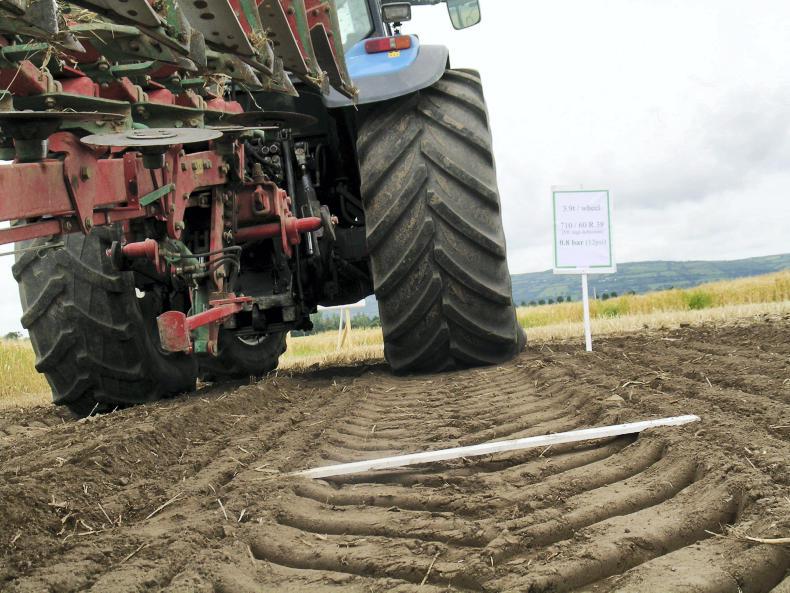SOIL compaction occurs when soil particles are pressed together, reducing pore space between them.
Heavily compacted soils consequently have a greater density. Soil compaction can lead to reduced biological activity, porosity and permeability, strength is increased and soil structure is partly destroyed (European Commission, 2014). Compaction is as a result of three main factors:
In Ireland this means that the potential for soil compaction is greater due to wet soil conditions. Irish agriculture is dominated by grasslands. Managing compaction is vital and requires prudent management practices to maintain sustainability.
SIGNS OF COMPACTION
Since soil compaction affects root growth, above ground symptoms can take on many forms. Signs of compaction may include:
MANAGEMENT
In grasslands, surface compaction occurs due to poaching (hooves) of livestock at high stocking densities or at inappropriate soil moisture conditions.
Subsurface compaction results due to passes of heavy machinery used for operations such as slurry spreading.
Surface compaction can be managed by decreasing poaching potential through lower stocking densities or careful management such as timing and rotation of grazing and housing of animals.
Subsurface compaction can be managed by careful timing of traffic operations and by using reduced tyre pressure.
Loosening compacted soil can be done a number of ways. For large areas of very compacted soil you can use an aerator.
These machines will either remove plugs of soil from the ground or will puncture the ground and give the soil room to decompress.
Alternatively, for soil that isn’t too badly compacted, a tine harrow might be a better alternative. It uses many flexible iron teeth mounted in rows to loosen the soil.
Adding organic materials to the soil also helps loosen compacted soil.
